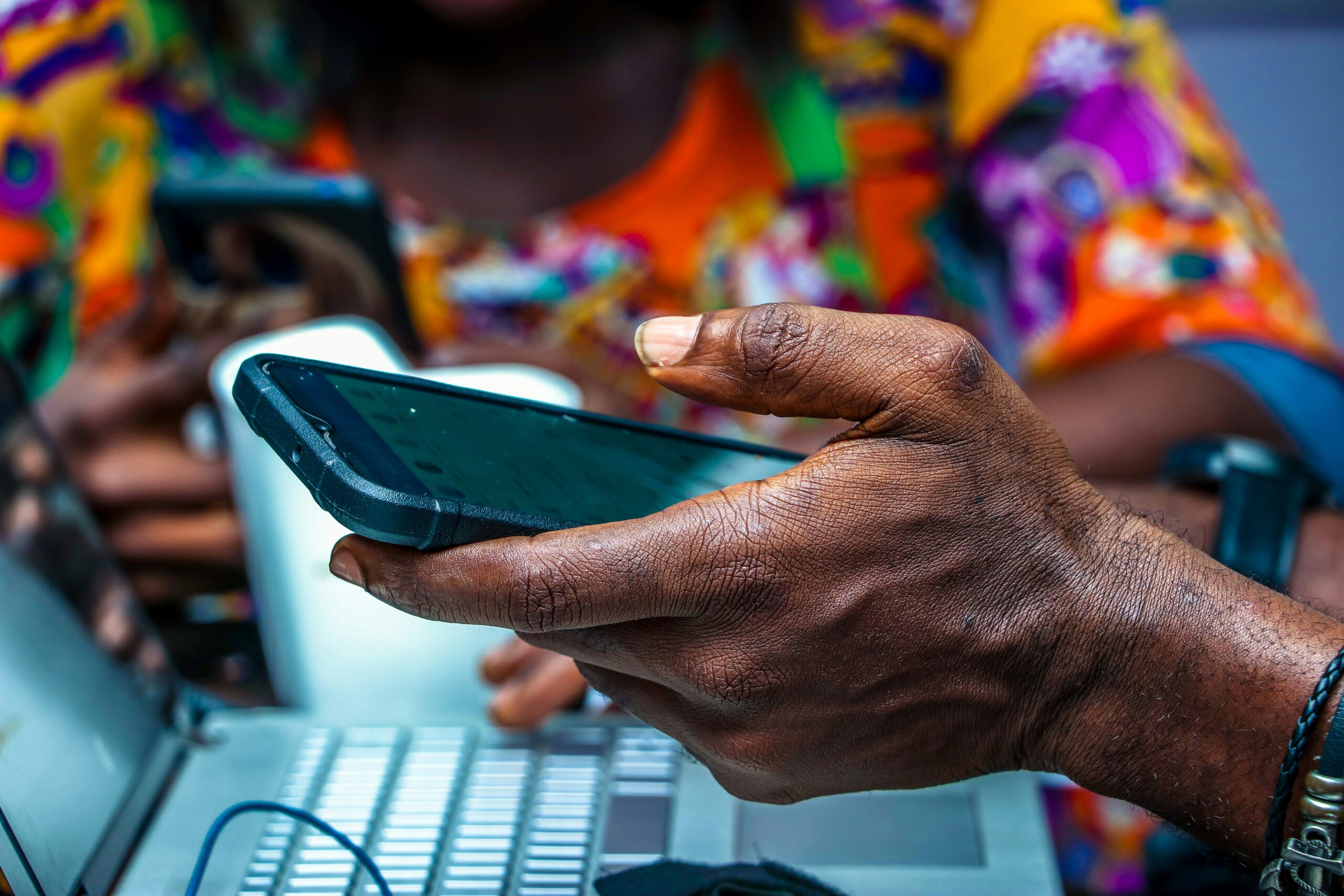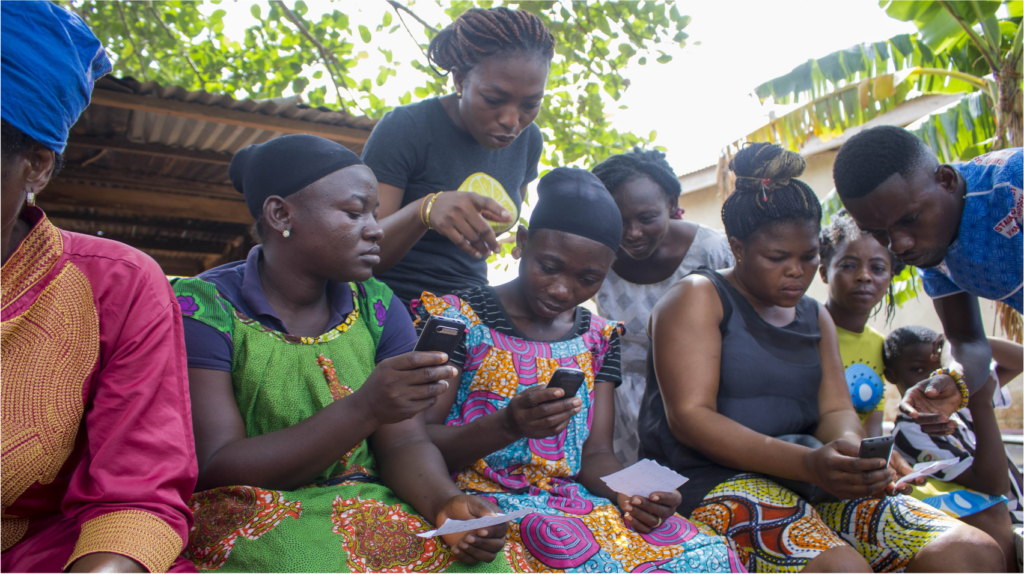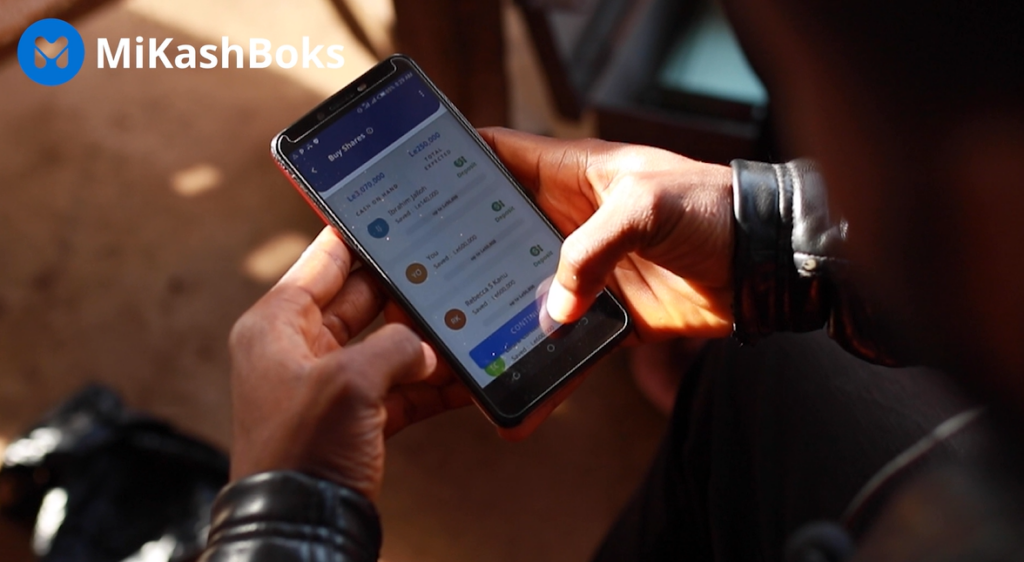The release of the Global Findex 2025 offers a new snapshot of how people are connecting to financial services worldwide, and our team at DSG Hub is going to unpack what it means for digital savings groups and financial inclusion. For those of us working at the intersection of savings, credit, and digital innovation, several findings stand out.
1. Mobile Money as the Driver of Inclusion
Globally, 79% of adults now have a financial account. In low- and middle-income countries, account ownership has climbed to 75%, with mobile money fueling the gains. In Sub-Saharan Africa, 40% of adults had a mobile money account in 2024 (up from 27% in 2021). In Latin America and the Caribbean, the share jumped from 22% to 37% over the same period.
This reinforces what DSG Hub has long seen: mobile money isn’t just a local or regional success story. It’s spreading globally as a backbone for savings, payments, and entrepreneurship. For savings groups, integration with mobile money platforms could accelerate both scale and sustainability.
2. Formal Saving Is Rising and Mobile Matters
One of the most striking shifts is in savings behavior. In low- and middle-income economies, 40% of adults now save formally through an account—up 16 points since 2021. Mobile money plays a central role: in Sub-Saharan Africa, 23% of adults saved via mobile money in 2024, while in Latin America and the Caribbean, it reached 19%.
For savings groups, this confirms that mobile accounts are becoming a preferred platform for small, frequent deposits, which could be a natural fit with how groups manage their funds. It also suggests a big opportunity: linking group savings to accounts that generate interest, since just half of formal savers worldwide earned interest on balances.
3. Digital Payments Are Becoming the Norm
In low- and middle-income economies, 61% of adults made or received a digital payment in 2024—double the number who saved formally, and triple those who borrowed formally. Merchant payments are a key driver: 42% of adults made a digital merchant payment in 2024, up from 35% in 2021.
For savings-group linked entrepreneurs, this trend matters. Digital payments create transaction records that can unlock credit and business opportunities, while reducing security risks associated with cash. But they also depend on infrastructure and interoperability, areas where policy advocacy remains essential.
4. Progress on Gender Gaps—But Persistent Inequalities
Globally, the gender gap in account ownership has narrowed to 4 percentage points (81% of men vs. 77% of women). In low- and middle-income economies, it’s 5 points (78% vs. 73%). While that’s progress, big regional disparities remain: Sub-Saharan Africa (12 points) and the Middle East and North Africa (15 points) still lag significantly.
For savings groups, this underscores the importance of intentional and inclusive design. Where mobile money is widespread, women are catching up faster—showing that digital platforms can be a powerful equalizer when affordability and access barriers are addressed.
5. Financial Health Isn’t Keeping Pace
Having an account doesn’t necessarily mean being financially secure. The Findex 2025 shows that while access to accounts and digital tools has expanded, people’s ability to cope with shocks has not improved since 2021. Just 56 percent of adults in low- and middle-income countries said they could raise emergency funds within 30 days without too much difficulty, the same figure as three years ago.
When asked how long they could cover household expenses if they lost their main income, the results show the limits of resilience. Only 34 percent could manage for more than two months, while 17 percent could last about two months. Another 26 percent said they could cover just one month, and 19 percent would run out of resources in less than two weeks.
This is where savings groups matter most. They already provide a trusted platform for members to build small buffers, access support in emergencies, and spread risk through solidarity. The Findex results suggest that these community-based systems are an essential starting point—but they can also serve as gateways to greater financial resilience. By linking savings groups with insurance, emergency credit, and tailored savings products, members can strengthen the protections they already have and move closer to lasting financial health.
Reflections for DSG Hub
The Findex 2025 confirms that digital channels are central to financial inclusion, with mobile money leading the way in account growth, saving, and payments. But it also raises important questions for the DSG Hub community:
- How can savings groups be better linked to mobile ecosystems so members don’t just store money but also build lasting financial resilience?
- What role can digital savings groups play in helping women overcome affordability and access barriers to phones and accounts?
- How can digital transaction data from digital savings groups feed into credit scoring and unlock new pathways for entrepreneurship?
For practitioners, donors, and policymakers, the message is clear: the infrastructure is here, the adoption is accelerating, but the real test is whether digital finance—and digital savings groups as part of that ecosystem—translate into resilience and opportunity for the most vulnerable.




